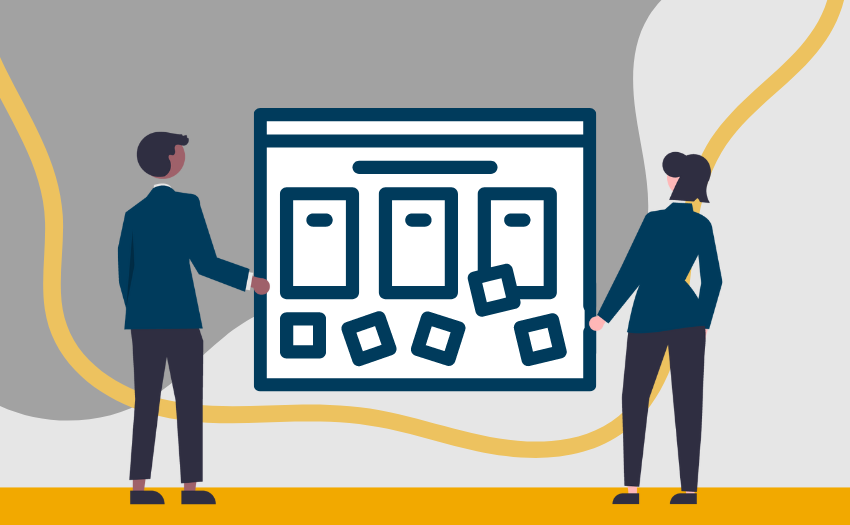Choosing the right agile project management tool for your team is a collaborative decision that requires consideration of agile methodology, organizational goals, and team preferences.
Whether you’re searching for your team’s first project management tool or are ready to switch to a new one, with so many choices available, it can be challenging to know how to choose the right software.
Spoiler alert: there isn’t one particular tool that reigns supreme. Instead, it’s about choosing project management software that fits your team's needs.
In this article, we provide readers with four points to consider when choosing an agile project management tool and examples of popular tools currently on the market.







